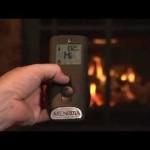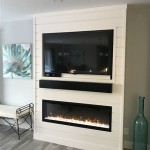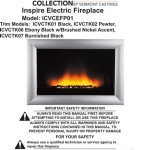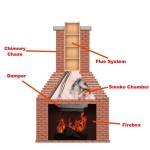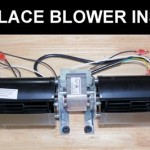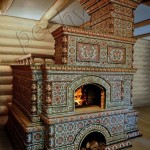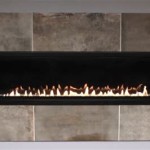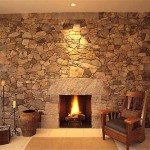Vented vs. Ventless Gas Fireplace Logs: Essential Considerations
When it comes to enhancing the ambiance and coziness of your home, a gas fireplace is a popular choice. However, if you're considering installing gas fireplace logs, it's crucial to understand the key differences between vented and ventless models. This guide will shed light on the essential aspects of each type to help you make an informed decision.
Vented Gas Fireplace Logs
Vented gas fireplace logs require a proper venting system that expels combustion gases to the outside. They operate on natural gas or propane, and their combustion process creates water vapor, carbon dioxide, and other gases. These gases are safely vented through a chimney or flue pipe, ensuring a clean and healthy indoor environment.
Vented fireplace logs offer the following benefits:
- Improved indoor air quality
- Increased safety due to proper ventilation
- Fuel efficiency, as no heat is lost through an open vent
Ventless Gas Fireplace Logs
Ventless gas fireplace logs, on the other hand, do not require a venting system. They burn fuel within a sealed chamber, and the combustion gases are released directly into the room. Ventless logs produce heat through a process called radiant heat, which warms objects in the room rather than the air itself.
Ventless fireplace logs offer the following advantages:
- No need for a venting system, making them easier and less expensive to install
- Compact size and portability, allowing them to fit in smaller spaces
- Convenience of use, as they do not require a separate fuel source or chimney
Key Considerations
When choosing between vented or ventless gas fireplace logs, it's important to consider the following factors:
- Indoor Air Quality: Vented logs are the preferred choice if indoor air quality is a concern, as they effectively remove combustion gases from the home.
- Safety: Both vented and ventless logs have built-in safety features, but vented logs are generally considered safer due to their proper ventilation.
- Installation: Vented fireplace logs require extensive installation involving a venting system, while ventless logs are easier to install and can be placed anywhere in the room.
- Fuel Efficiency: Vented logs are more fuel-efficient because they utilize the heat generated by the combustion process to warm the room.
- Moisture and Ventilation: Ventless logs can contribute to increased indoor humidity, especially in homes with poor ventilation.
Conclusion
When it comes to gas fireplace logs, both vented and ventless options have their own merits. Vented logs prioritize indoor air quality and safety with proper ventilation, while ventless logs offer ease of installation and portability. By carefully considering the factors discussed above, you can make an informed decision that best meets your needs and preferences.

Vented Vs Ventless Gas Logs What S The Difference

Vented Vs Ventless Gas Logs Woodlanddirect Com

Vented Vs Ventless Gas Fireplace Logs

Vented Vs Ventless Gas Logs Which Is Best For You

Vented Vs Ventless Gas Logs Differences How To Choose

Napoleon Gvfl30 Ventless Gas Log Set 30 Inch

Empire Rock Creek See Through Ventless Gas Log Set Woodland Direct

18 Evening Embers See Thru Ventless Gas Fireplace Logs

Vented Vs Ventless Gas Logs Differences How To Choose

Direct Vent Free Or Natural Venting Southern Md
Related Posts

